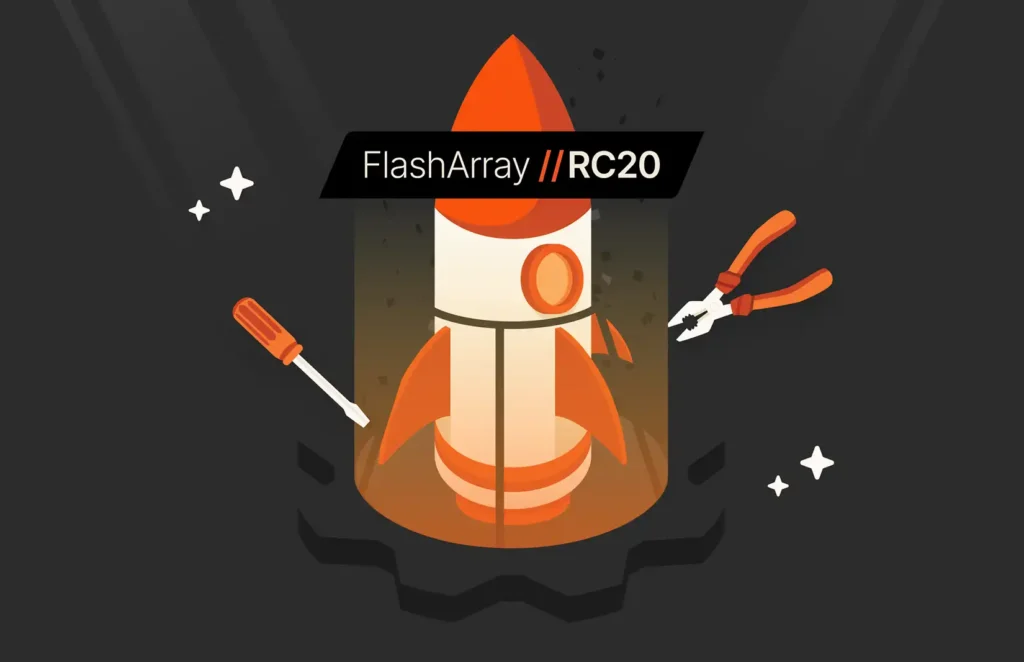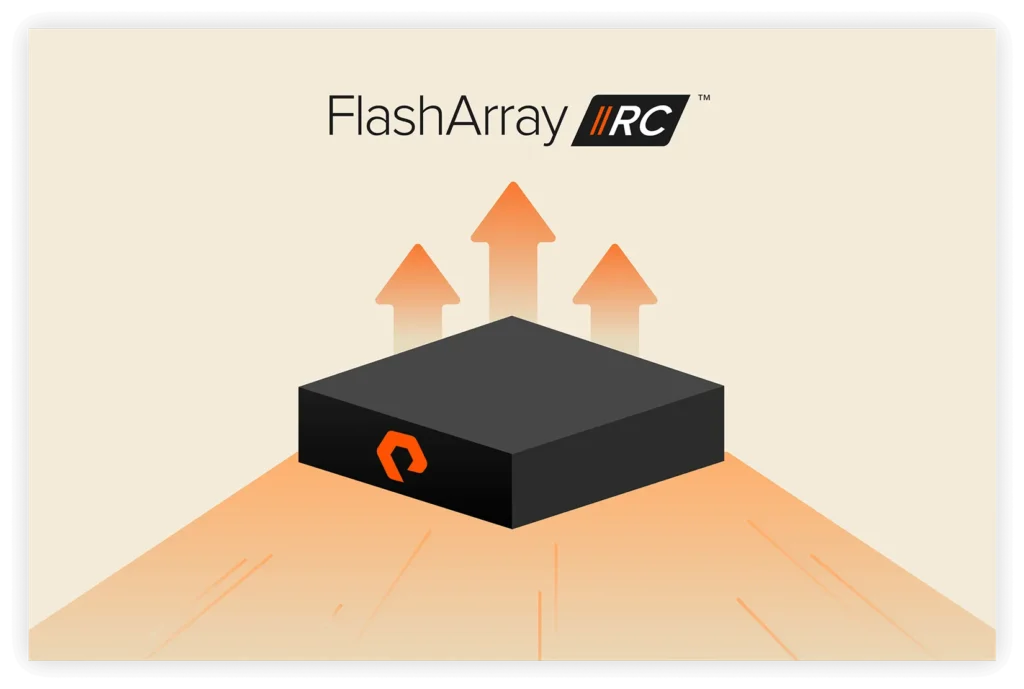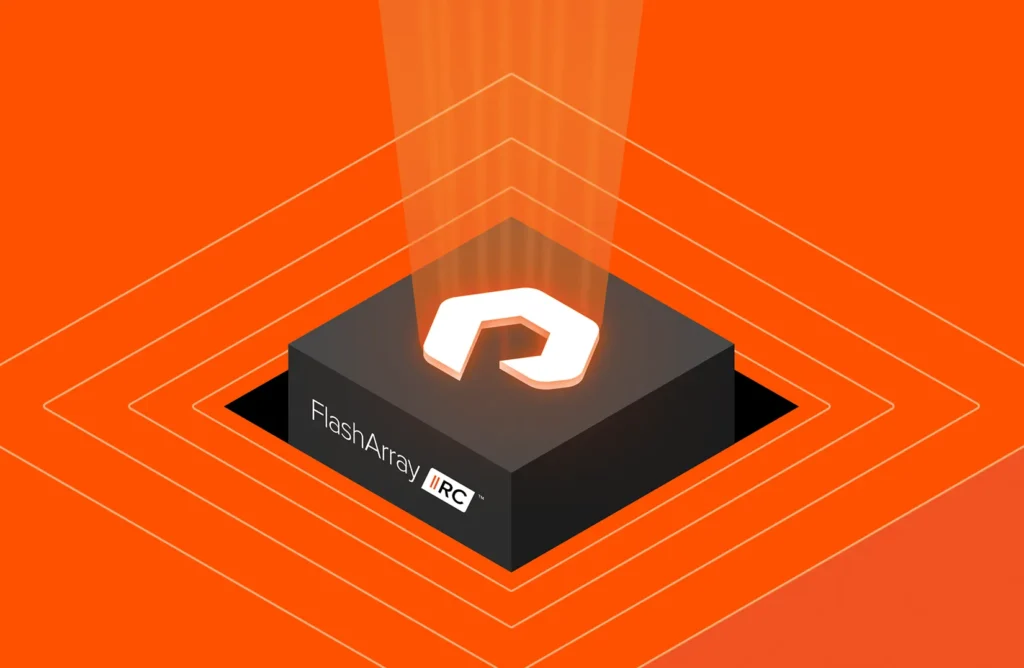When is an apple not an apple?
This isn’t the first line of a joke or witty quip. It’s derived from a conundrum that is more common than you may think. To understand this question, let’s start with the answer.
CAPEX vs OPEX: What Matters to an IT Leader?
If you’re an IT leader, architect, or engineering specialist, you frequently consider both your CAPEX and OPEX expenditures and make key strategic decisions on expenses for both. You have to balance ensuring that your organization can deliver services with the quality and efficiency your customers demand—while staying within your respective CAPEX vs OPEX budgetary targets and commitments. You have to consider the cost of a CAPEX purchase versus the cost of an OPEX subscription.
But, are you comparing apples to apples?
The easy method is to apply the age-old principle of Capacity Divided by Price to get a reasonable, simple comparison, right? Wrong.
A CAPEX purchase consists of multiple components. Some will be capital assets such as storage arrays and hardware components that are required for your specification. But other components may fall into your OPEX budgets, such as maintenance, staffing, tools, upgrades, support, professional services engagements, and other expenses. These costs seem simple to attribute to the aforementioned formula. But consider other elements, such as:
- The costs of the team needed to operate the platform
- The cost to monitor your storage estate in terms of people and tools
- Who will plan and install software updates
- How many people are involved in the budgetary approval process and procurement process for capacity additions? And how long does that process take?
- How many hours are spent shifting workloads and rebalancing to address capacity shortages?
It’s not so simple to calculate the total cost of ownership (TCO) of a CAPEX estate after all.
On the other hand, we have OPEX booking subscription services that bring up another list of questions.
- What if you could simply add all the complexity of calculating the true run rate of your storage needs into a single, all-inclusive price per TB?
- What if monitoring the estate, adding capacity to the arrays, and planning and deploying difficult software updates were on the shoulders of your technology vendor instead?
- What if you could remove the firefighting and reactive stance to capacity management?
- What if everything was included in a simple unit rate?
If you could do all that, then you could calculate the TCO of your storage needs.
Evergreen//One™ delivers just that.
Evergreen//One is OPEX-based, pay-as-you-go storage-as-a-service (STaaS) offering that transforms your enterprise storage environment into a highly efficient storage utility. It supports block, file, and object storage services that you can deploy on-premises, in a co-location facility, and in the public cloud.
Evergreen//One is a utility for which you’re billed based on actual consumption with minimum commitments starting at 50 TiB. You pay only for what you use (with a minimum reserve commitment). As your organization’s storage needs increase, Pure will proactively scale up your infrastructure and capacity.
We’re not comparing apples to apples. On the face of it, TCO for your storage may seem like a simple case of comparing a CAPEX “apple” to an OPEX “apple,” but it couldn’t be more different.
![]()





